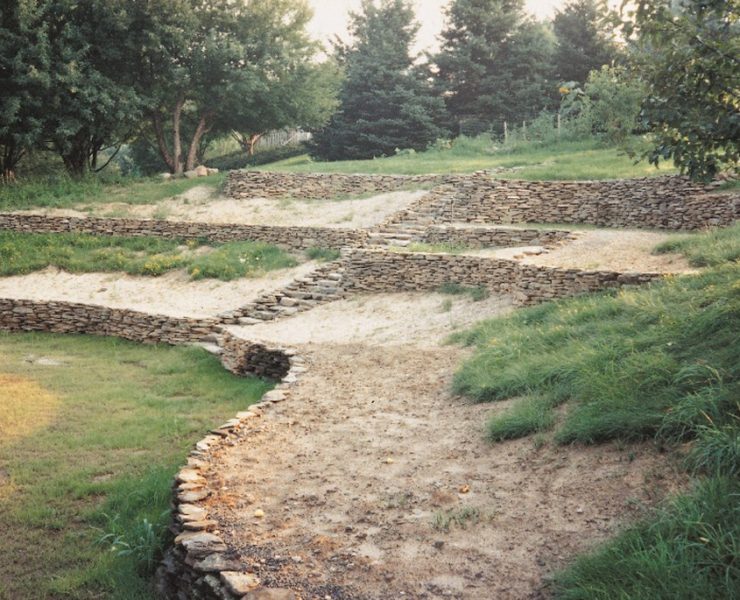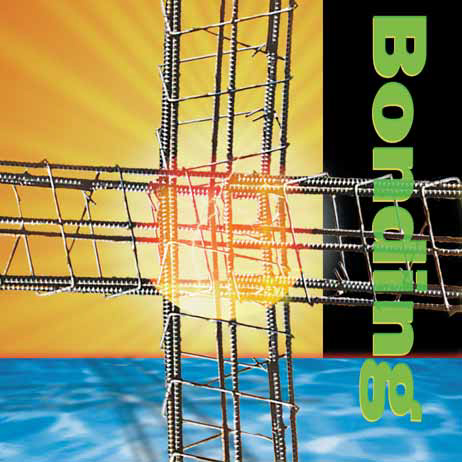It's a simple fact: No matter where you are on the globe, ultimately it's dark exactly half the time. So no matter how beautiful your watershapes may be, if you don't fully consider lighting as a key component of your projects, you may be robbing your work of half its potential for pleasing your clients. That makes it a bottom-line issue, because lighting adds real value to most any watershape installation with a long list of benefits. For starters, it extends the time a watershape can be used beyond daylight hours. It also adds
When I first begin to do research for a column, I really have little control over the direction I might take. If it's a cut-and-dried technical subject where I'll be dealing primarily with solid, scientific facts, the task is relatively simple. Using my own textbooks, two local libraries and the Internet, I look for my subject matter in a minimum of three separate sources. If the information is identical in each selected source, I feel pretty confident that I can use the data in an article. It isn't always so easy, however, and that's nobody's fault but
What do you do with a space that seems too small for a watershape and too small for plantings? The answer: Think small. You don't have to compromise on style or substance, but simply by thinking on a smaller scale, you'll open up a lot of possibilities you might not have considered. About three years ago, for example, I was brought in on a job to do a quick fix for a very small but prominent area of a client's yard. The homeowner wanted to completely rework the entire property, but it was clear there was a lot of other work to do first. The quick fix went very well and the clients were pleased, so they asked me to
There's an important point about this magazine that I'd like to clarify: A small number of readers have commented that because this magazine tends to
Back in 1987 and particularly in California and Florida, the surfacing industry found itself in the middle of an unfortunate wave of plaster failures. Some people blamed the material, others blamed application techniques - and traces of the debate continue to this day. The situation was truly desperate in some areas, so much so that it drove many plasterers to seek new materials and techniques - anything to escape the cycle of negativity. Our firm in San Diego, for example, moved early and became the first in our county to apply exposed-aggregate finishes. Today, more than 80% of
Retaining walls are used for one simple reason: to hold something back. Whether you need to terrace down to a lower yard, hold up a house on a hillside lot or provide a level area for watershape installation, these walls are indispensable when you lack the room needed to grade a sloped area gradually. Of course, this notion of holding back the forces of ground movement is no small challenge, and proper engineering and construction are critical. Do the job well, and a retaining wall will hold up indefinitely. But if you cut corners or
In conceptual terms, interactive fountains are really nothing new. In fact, fountains have featured water effects and sequencing lights since the turn of the 20th Century. What's emerged lately is a perception that these "dancing" waters are great sources of fun - a means for children to get soaked and for adults to stay dry and enjoy the show. This resurgence of interest has led designers and manufacturers to apply the knowledge and mechanics of the past in creating effects that delight the eye, capture the imagination and bring fun to
Not every upscale pool contractor has to be working with his or her own designs to be successful in building beautiful pools. Our company, for instance, has established its reputation by excelling at making the ideas of others come to life. Examples of this can be found in the work we did at One Ford Road, a development where we were asked to follow through on designs prepared by three of Southern California's best-known landscape architects. We've found here and elsewhere that when you work with highly creative people (including those who designed the pools, spas and waterfeatures pictured on these pages), the process can be truly rewarding, exciting and even
Last month we covered the "hows" of grounding pretty well. Using the definitions from the National Electrical Code (NEC) for guidance, we saw that in order to be considered effectively grounded, the non-current-carrying metal parts of all equipment associated with a watershape must be connected to the system grounding bus at the electrical service panel. This is accomplished by installing a green-colored (or green with a yellow stripe), minimum No. 12 AWG insulated copper conductor between the equipment's grounding terminal and the system grounding bus. This conductor is






















Fear Not the Future